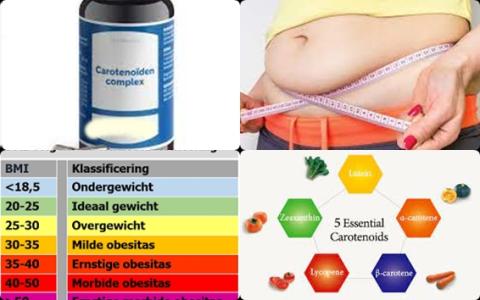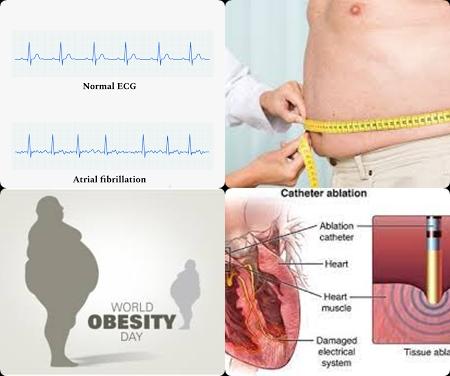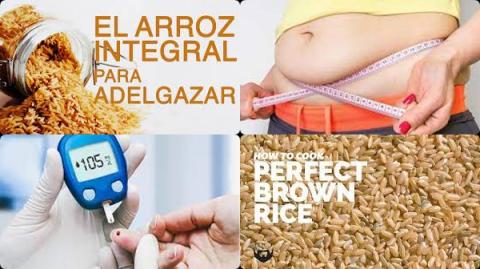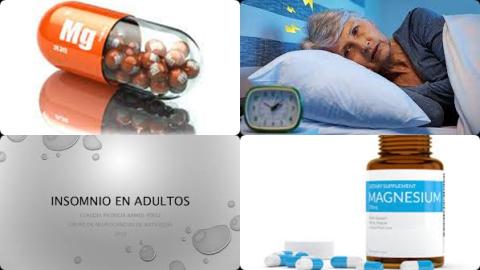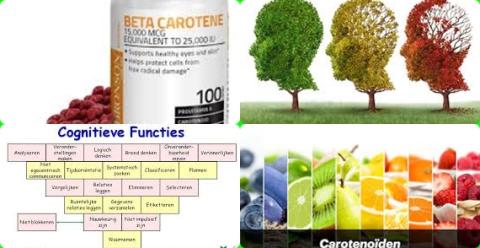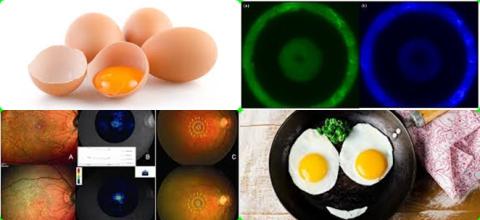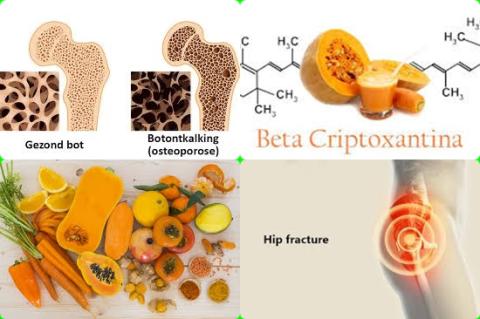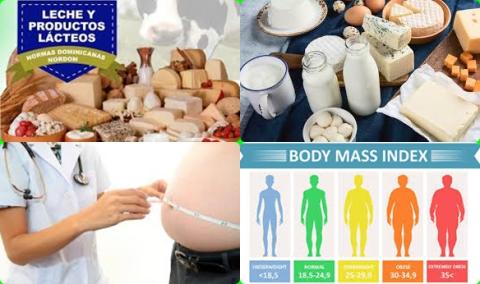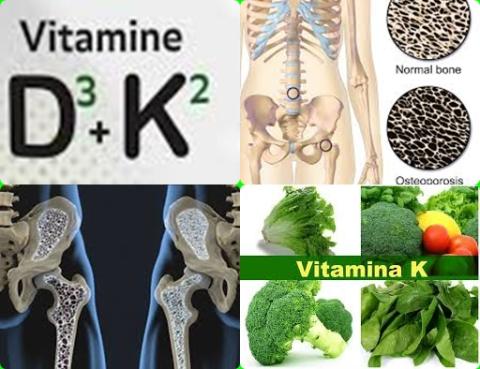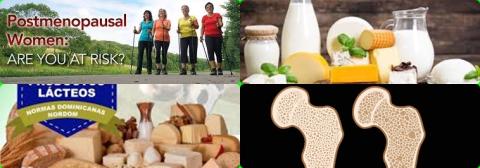Intensive glucose control slows down cognitive decline in persons with type 2 diabetes
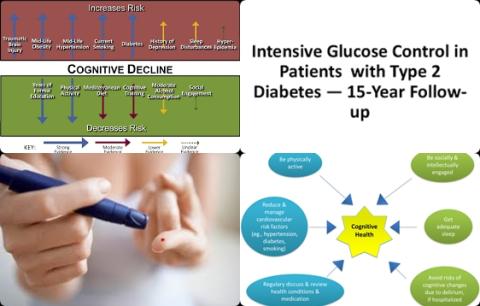
Objectives:
Despite growing evidence that type 2 diabetes is associated with dementia, the question of whether intensive glucose control can prevent or arrest cognitive decline remains unanswered. Therefore, this review articles (meta-analysis) has been conducted.
Does intensive glucose control slow down cognitive decline in persons with type 2 diabetes?
Study design:
This review article included 5 cohort studies with 16,584 participants.
The mean follow-up duration ranged from 3.5 to 10 years.
The mean age of participants in the studies included in the current meta-analysis was 65.6 years at the initiation of the studies and the proportion of women was 40.8%.
All quality assessment scores fell in the range of 8 or 9, indicating high quality.
There was no publication bias.
Results and conclusions:
The investigators found a significantly poorer decline in cognitive function in the intensive glucose control group [β = -0.03, 95% CI = -0.05 to -0.02] than in the conventional glucose control group.
The investigators found, subgroup analysis showed a significant difference in the change in cognitive performance in composite cognitive function [β = -0.03, 95% CI = -0.05 to -0.01] and memory [β = -0.13, 95% CI = -0.25 to -0.02].
The investigators concluded that intensive glucose control in persons with type 2 diabetes slows down cognitive decline, especially the decline in composite and memory function. The impact of intensive glucose control on the brain structural abnormalities and risk of dementia needs further rigorously designed studies to validate these findings. Also, replicating and validating these findings is warranted.
Original title:
Impact of Intensive Glucose Control on Brain Health: Meta-Analysis of Cumulative Data from 16,584 Patients with Type 2 Diabetes Mellitus by Tang X, Cardoso MA, […], Simó R.
Link:
https://www.ncbi.nlm.nih.gov/pmc/articles/PMC7947088/
Additional information of El Mondo:
Find more information/studies on glucose, dementia and diabetes right here.
